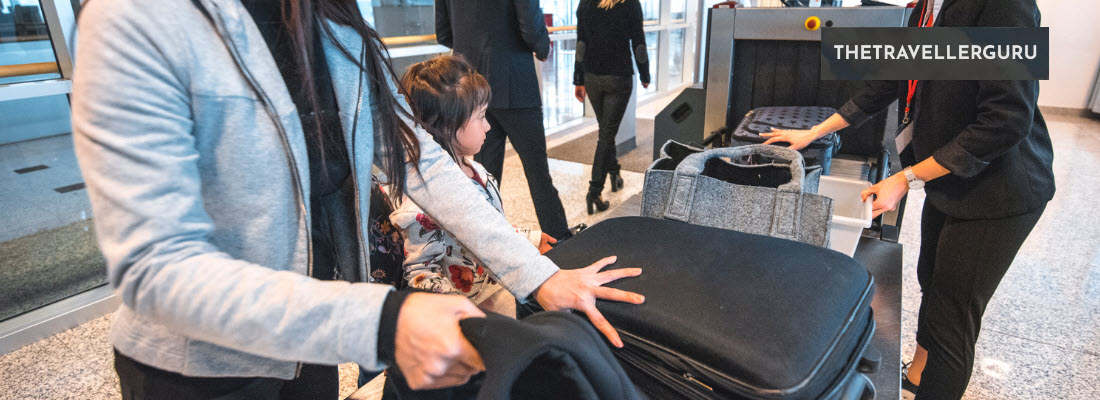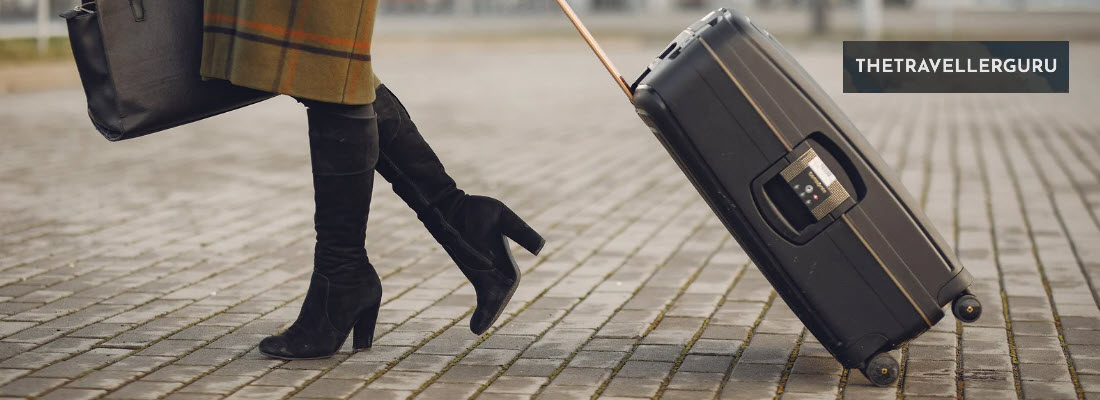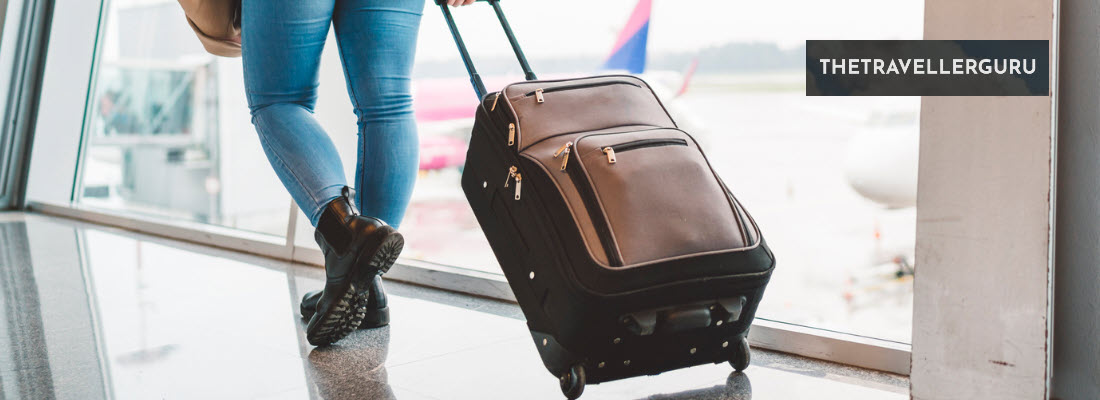Hey there travel enthusiasts and welcome to my post where we will check out my 5 tips for travelling with golf clubs this year. Now, I have been on a few golf trips in my time that have involved flying to other countries and the trouble is, that this can not only be an expensive experience, but also hard on your gear as well.
So for those of you looking to hit the tees in some far off (or maybe not so far off) exotic places, let’s have a look at some tips tips to make things a little easer for you.
Can you bring your golf clubs with you on a plane?
Before we start, let’s first just check out some of the areas of concern when it comes to how to travel with golf clubs. To start with, even thought every airline has its golf club policy, most will allow you to take them with you with some conditions. In my experience, these are:
- Golf clubs are not considered standard baggage meaning you will usually have to pay an extra baggage fee.
- You can generally not check your bags in at the desk – rather you will have to lug it over to the oversized luggage depot (this is where you will pick them up from as well).
- In many cases, golf clubs and all additional equipment must be stowed within a hard-shell travel bag to safeguard the equipment while in transit.
- Even though it is considered oversized, many airlines still implement weight limits as well so it is well worth checking these out before you pack.
And once you land, you may also be subjected to local bio regulations as well – e.g. here in Australia, we usually have to clean our clubs and shoes before we can cross through customs.

Tips for Travelling with Golf Clubs
Ok, so with all that in mind, let’s check out my 5 tips on how to protect golf clubs when flying below:
1. Invest in a travel case
As we know, travel can be tough on all luggage such as suitcases etc. and of course, golf clubs etc. are not different. Hence my first suggestion is to ensure you have a good solid travel case to protect your bag and clubs. In most cases, you will still keep your your clubs, shoes, and equipment in the usual bag and store it all inside this case.
Golf club travel bags come in two different varieties – cushioned and hardshell. Rugged canvas is often the material used in soft-shell bags with a padded interior to protect the clubs, These do not protect as well as hardshell options however they take up less room and often weight a little less.
Conversely, a hard-shell case can provide greater protection against knocks and drops albeit by taking up a little more room. They also tend to have less pockets etc. than their soft shell cousins. And finally, look for a bag with wheels and sturdy handles for easy transportation as well.
Check out these: Best golf travel bags
2. Select the best flight for your golf clubs
You might be asking, “Why would your clubs care about the flight you choose?” However this has less to do with the airline allowing the clubs on board rather what happens to them at changeover points. In my experience, oversized bags are usually the first thing removed on an overweight flight so the more stop overs you have, the more chance of your clubs being delayed
For this reason, a direct flight to your destination is always preferable. The less your golf bag needs to be moved by the airline, the better.

3. Pack carefully
After shopping and purchasing a functional golf travel bag, the next course of action is to pack carefully for your trip.
And even though these bags are made to keep your clubs safe during the journey, packing them correctly still requires some skill.
When packing your clubs, start by placing a clubhead cover on each club to minimize potential damage. Next, arrange them by height, with longer clubs like drivers and fairway woods at the top of the bag, followed by irons, wedges, and putters. Nest use towels, bubble wrap or specialized club protection accessories to provide extra padding and prevent clubs from moving around during transport.
However keep in mind here that you any extra padding can add weight so you may have to be strategic here. If you have the option, weigh your bag in advance or set aside additional space in a different, lighter travel bag to transfer items out of your travel case.
4. Insure your clubs
Golf clubs can be expensive and the potential risks of damage, theft or loss while travelling make having proper insurance coverage crucial. The thing here though is that many travel insurance options either do not cover extra items such as golf clubs as a standard or or do not have a payout limit high enough to cover their cost of replacement. Hence, insuring your golf clubs is an essential step in protecting your investment and ensuring peace of mind during your travels.
Here’s how to make sure your clubs are adequately insured:
- Review Your Homeowner’s or Renter’s Insurance Policy – In some cases, these policies may cover personal property, including golf clubs, even when you’re travelling.
- Consider a Stand-Alone Golf Insurance Policy – If your homeowner’s or renter’s insurance does not adequately cover your clubs, you may want to consider a stand-alone golf insurance policy. These specialized policies are designed specifically for golfers and their equipment.
- Evaluate Coverage Limits and Deductibles – When selecting an insurance policy for your golf clubs, pay close attention to the coverage limits and deductibles. The coverage limit should be high enough to replace your clubs if they are lost, stolen, or damaged beyond repair.

5. Don’t take them
Now, this may sound funny but again, in my experience there are some good alternatives to trying to travel with your clubs. Now, this depends on whether you absolutely must have your own clubs with you or not, however I suggest considering the following:
- Have your golf clubs shipped to your destination – If you look around, there are courier or transport companies that can have your clubs transported to the course or your hotel rather than you having to pack them up and carry them through the airport. If you shop around, the price of this service is pretty comparable to the luggage fee you would pay the airline. The fact that you hardly ever have to deal with problems involving misplaced or broken clubs is another strong selling factor.
- Rent golf clubs – This next next alternative is to leave your golf equipment behind at home and rent a set at your location. Almost all golf courses provide rental equipment and almost always these these are upscale clubs with well-known brands. This can be a little more expensive, but to be honest it is an option that we have chosen a number of times and trust me, the fact that you can turn up, get your clubs there and then leave them behind is well worth the extra cost.
- Buy your other gear there – If weight is your issue, then another trick is to pack your clubs and then purchase your other needs such as balls etc. at the course. This way it is only the clubs you are taking and nothing else.
Conclusion
There you have it, my useful tips for flying with golf clubs. I would be pleased to know how this article helped you, and as usual, let me know of your experiences with them.
Also, please do not hesitate to comment below if you have any questions, concerns, or corrections or would like me to check anything else out for you.
Until next time.
Have fun
Paul






